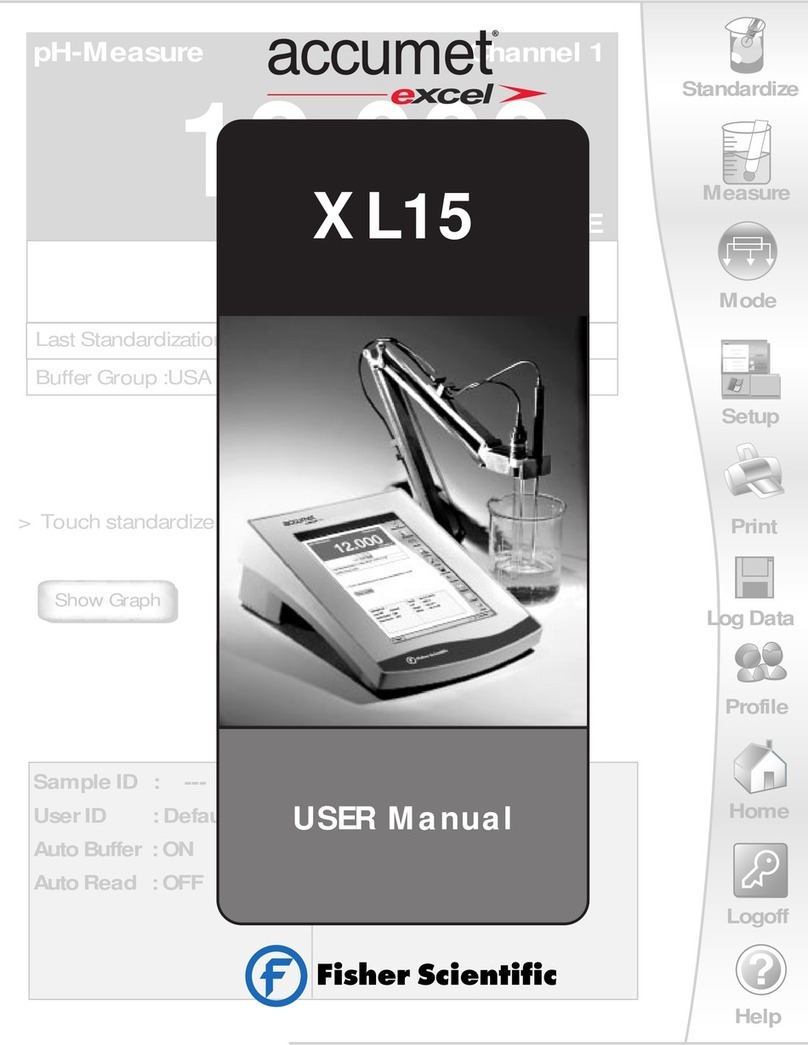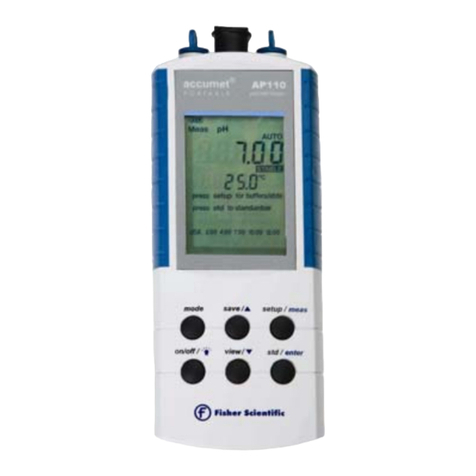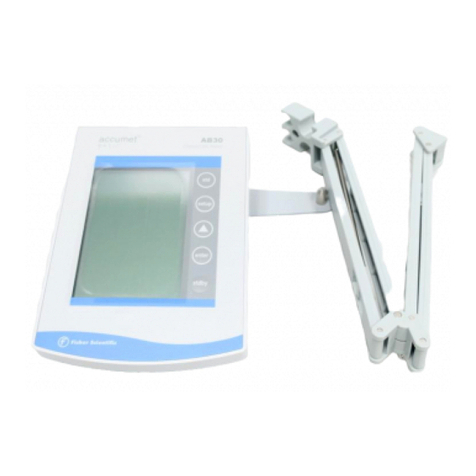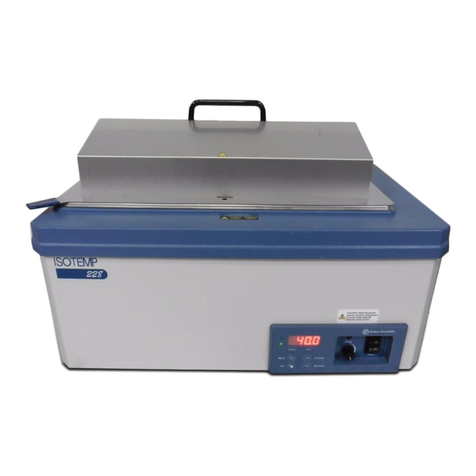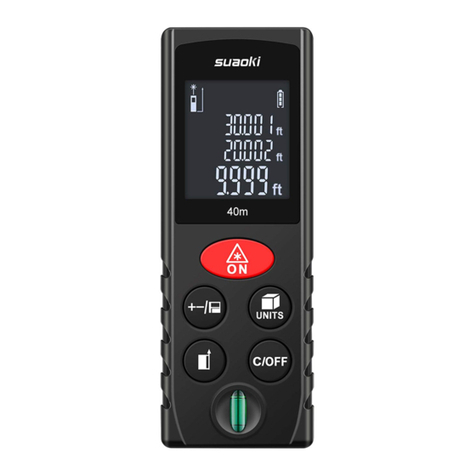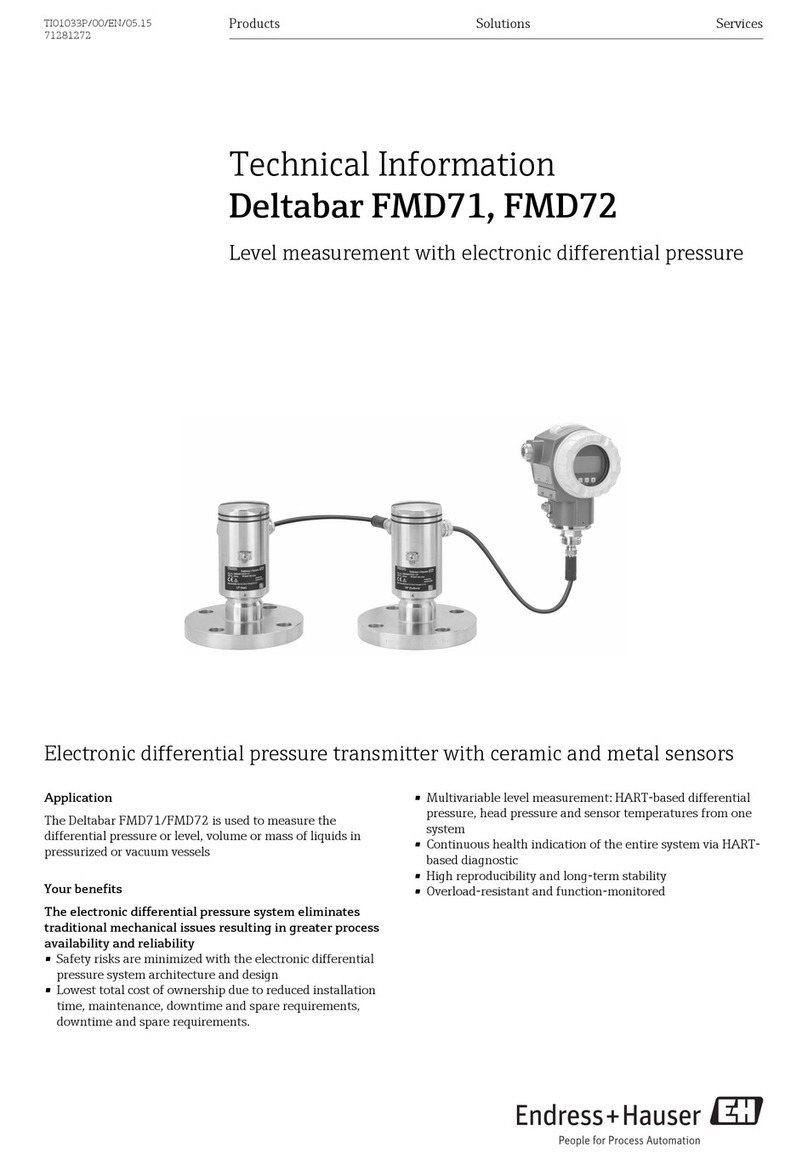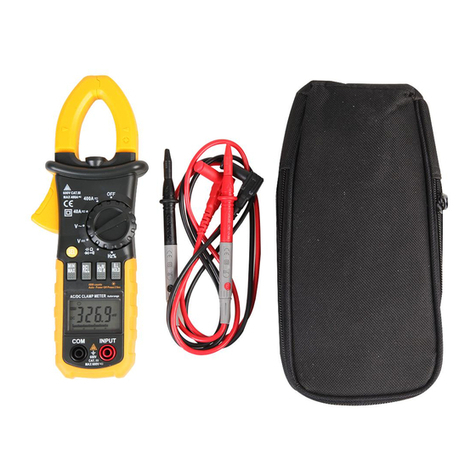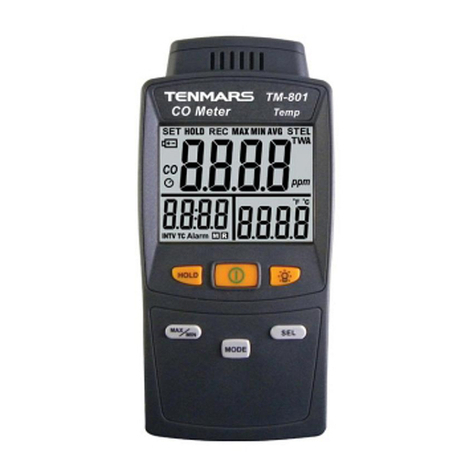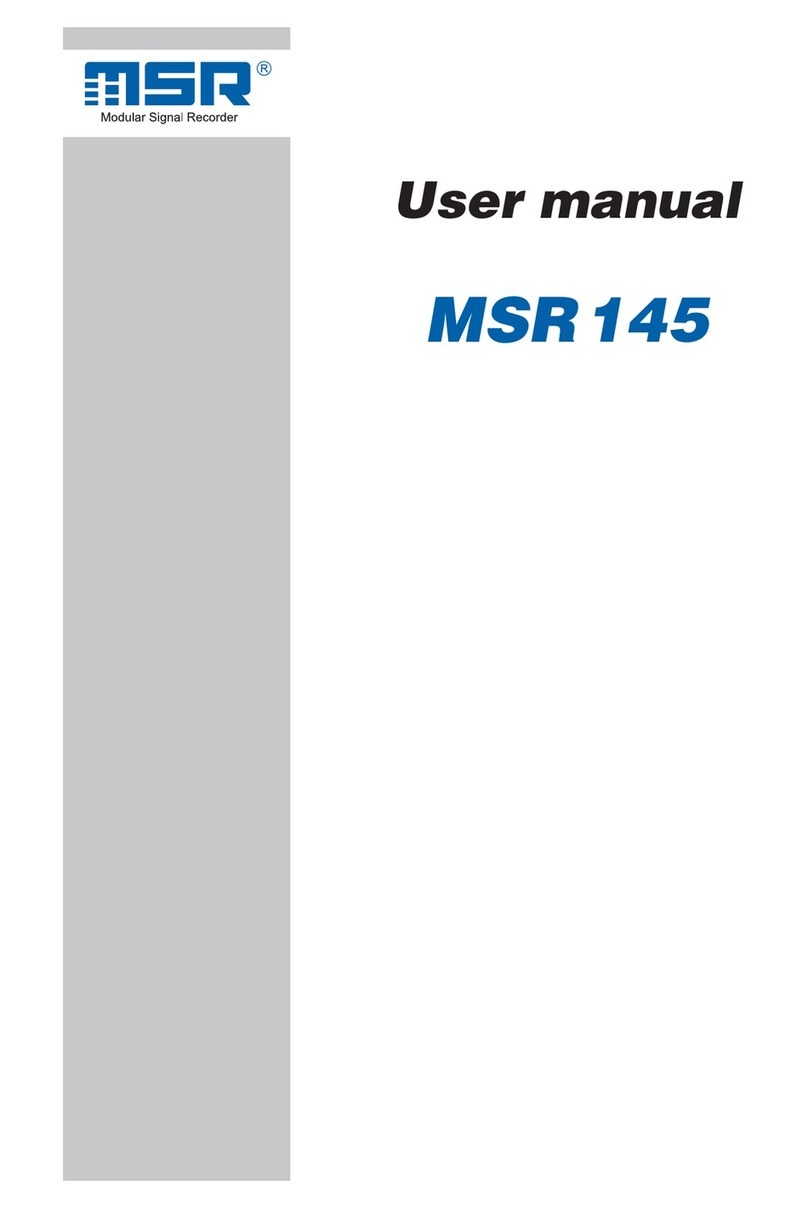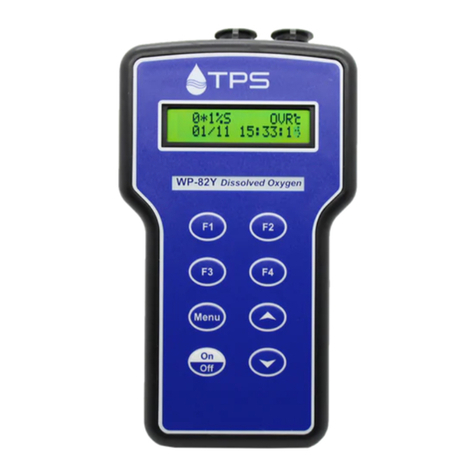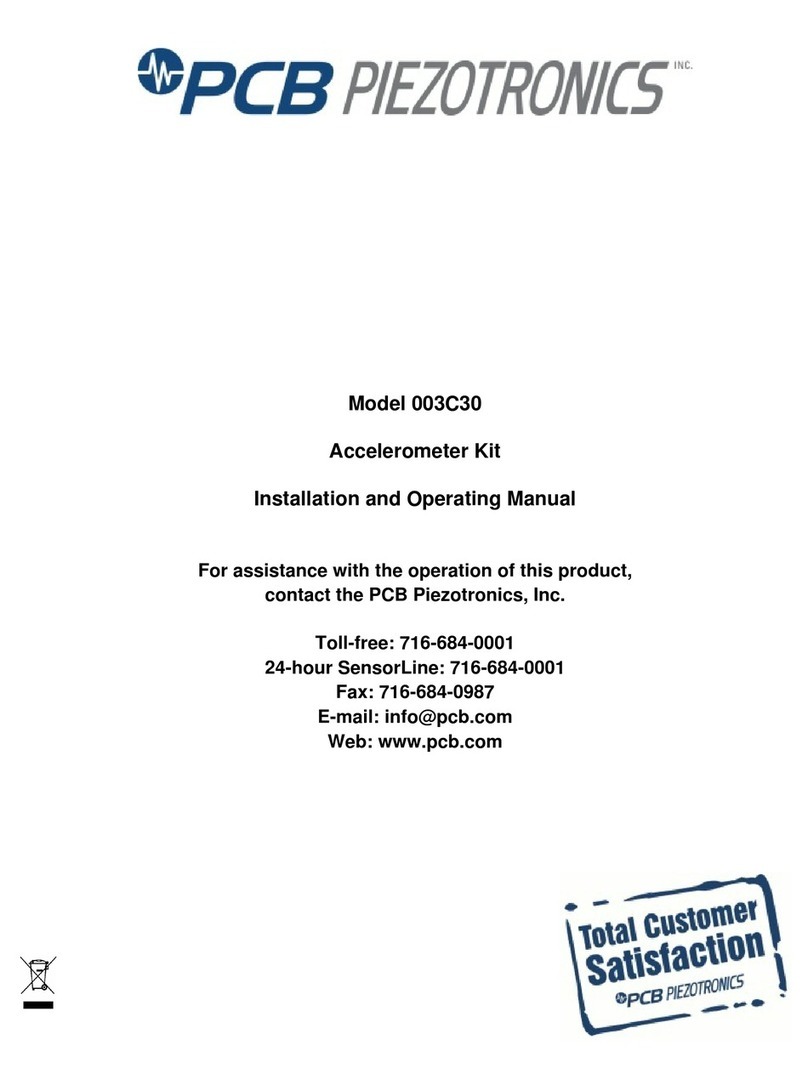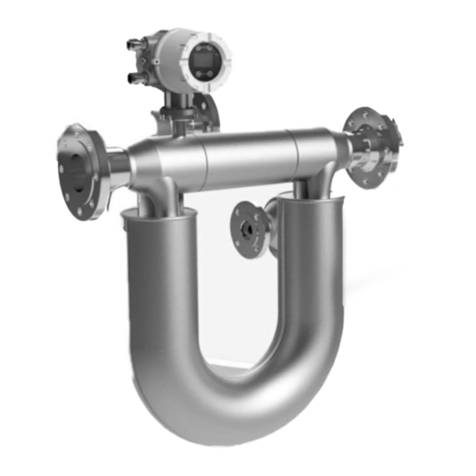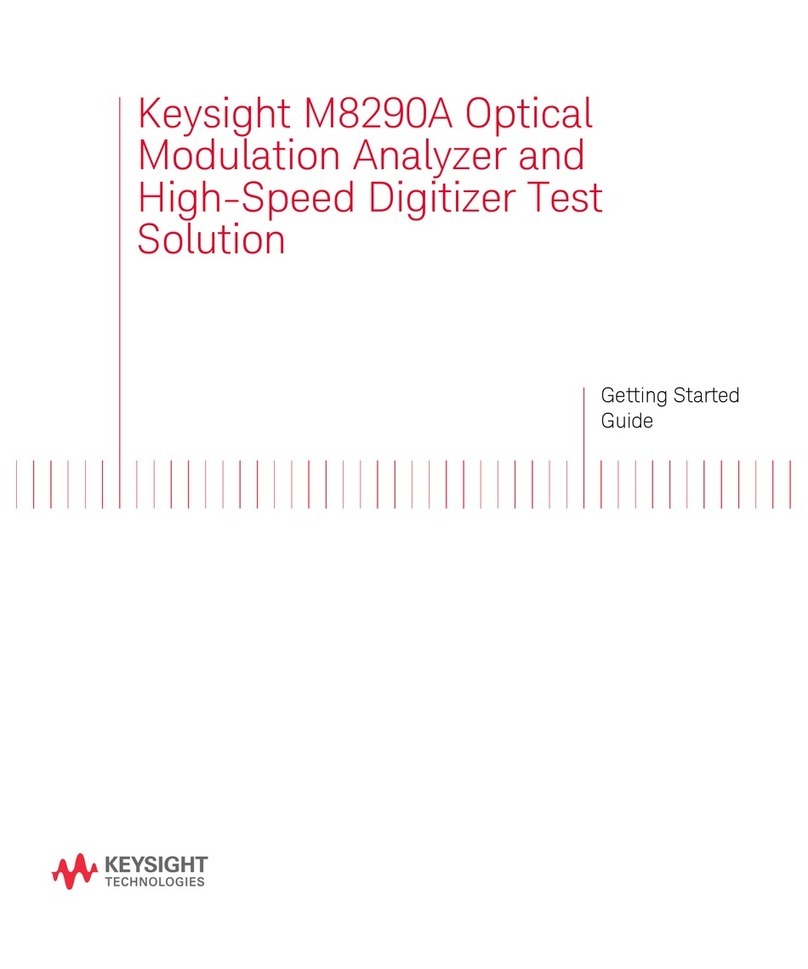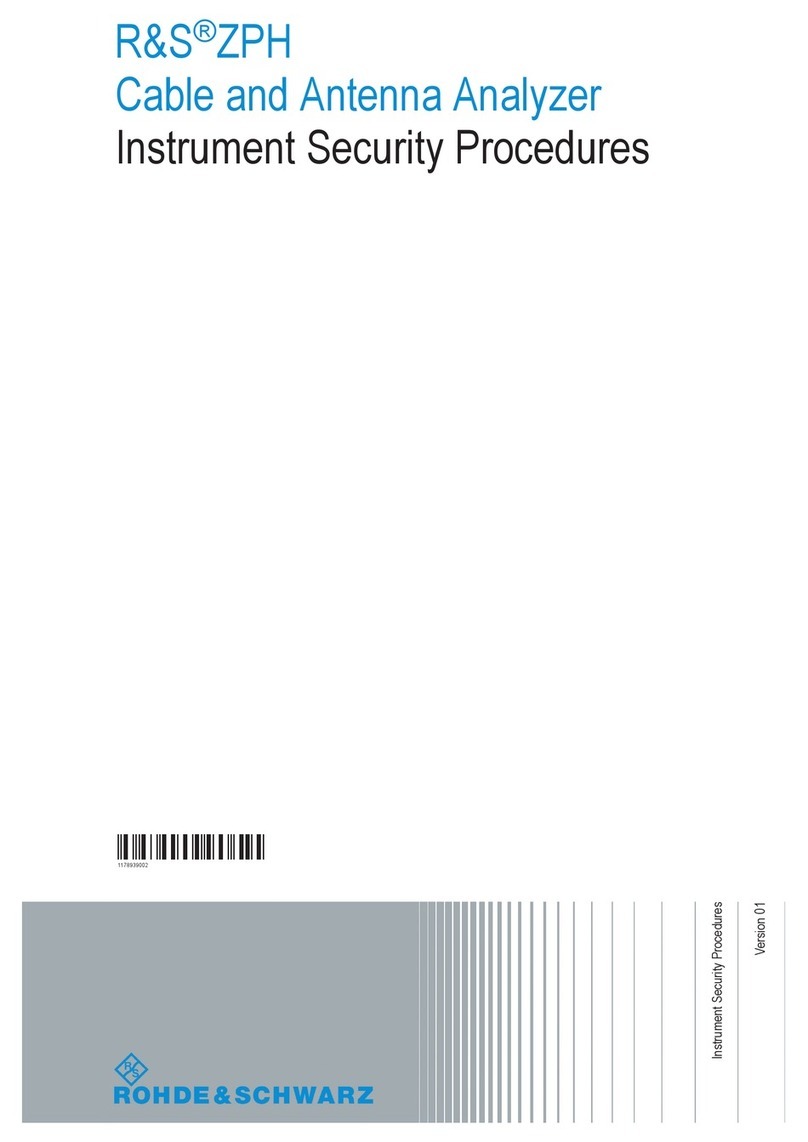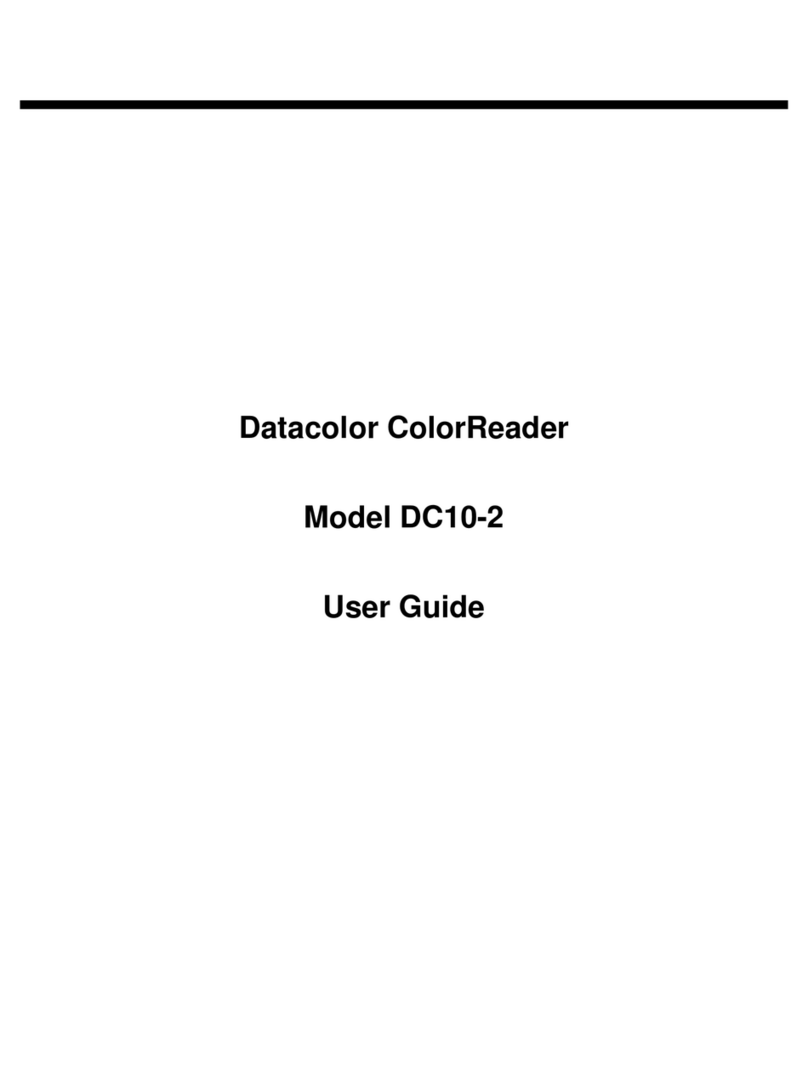
2
Table of Contents
1. INTRODUCTION............................................................................................................................................. 4
2. TOUCH SCREEN & ICONS ............................................................................................................................... 5
3. CONNECTIONS .............................................................................................................................................. 8
4. ELECTRODE BRACKET & ARM ASSEMBLY....................................................................................................... 9
5. POWER ON/OFF .......................................................................................................................................... 10
6. SYSTEM SETUP ............................................................................................................................................ 11
7. ADMINISTRATION & USER ID ...................................................................................................................... 12
8. PARAMETER SETUP: SAMPLE ID .................................................................................................................. 14
9. PARAMETER SETUP: AUTO READ MODE ..................................................................................................... 15
10. PARAMETER SETUP: STABILITY CRITERIA / STABLE INDICATOR................................................................... 16
11. PARAMETER SETUP: DEFAULT TEMPERATURE ............................................................................................ 17
12. PARAMETER SETUP: ISOPOTENTIAL POINT ................................................................................................. 18
13. PARAMETER SETUP: ALARM LIMITS ............................................................................................................ 19
14. PARAMETER SETUP: PRINT CRITERIA .......................................................................................................... 20
15. PARAMETER SETUP: DATA STORAGE CRITERIA ........................................................................................... 21
16. PARAMETER SETUP: DISPLAY CRITERIA....................................................................................................... 22
17. VIEWING & EXPORTING STORED DATA (LOG VIEW) .................................................................................... 23
18. GRAPHING .................................................................................................................................................. 24
19. STANDARDIZATION..................................................................................................................................... 25
20. TEMPERATURE OPERATION ........................................................................................................................ 26
21. PH OPERATION............................................................................................................................................ 27
22. MILLIVOLT OPERATION ............................................................................................................................... 29
23. ION: SETUP & OPERATION .......................................................................................................................... 30
24. ION: DIRECT READING METHODS ................................................................................................................ 32
25. ION: INCREMENTAL METHODS.................................................................................................................... 34
26. ION: KNOWN ADDITION METHOD .............................................................................................................. 35
27. ION: KNOWN SUBTRACTION METHOD........................................................................................................ 36
28. ION: ANALATE ADDITION METHOD............................................................................................................. 37
29. ION: ANALATE SUBTRACTION METHOD ...................................................................................................... 38
30. CONDUCTIVITY / RESISTIVITY OPERATION .................................................................................................. 39
31. TDS OPERATION .......................................................................................................................................... 41
32. SALINITY OPERATION .................................................................................................................................. 42
33. DISSOLVED OXYGEN OPERATION ................................................................................................................ 43
34. BOD OPERATION......................................................................................................................................... 48
